Economy
The Good, the Bad and the Ugly—government budgets in 2024
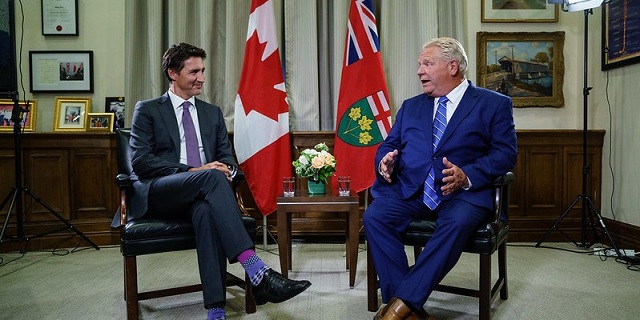
From the Fraser Institute
By Grady Munro and Jake Fuss
Research showed the federal government could balance its budget in two years by slowing spending growth, yet instead the government doubled down and increased spending well past its previous estimates (against the wishes of Canadians)
This fiscal year, most provinces (and the federal government) demonstrated irresponsible fiscal management, although some were better than others. Therefore, in the words of the 1966 film starring Clint Eastwood, let’s discuss The Good, the Bad and the Ugly of Canadian government budgets in 2024.
Falling in the “good” category are Alberta and New Brunswick—the only two provinces planning to run a balanced budget in 2024/25, with Alberta forecasting a $367 million surplus and New Brunswick forecasting a $41 million surplus. Both provinces forecast surpluses until at least 2026/27, and expect net debt (total debt minus financial assets) as a share of the economy to decline in the years to come. However, what keeps these provinces from having a great budget is that both chose to further increase spending in the face of higher revenues, while failing to deliver much-needed tax relief.
Alberta in particular remains at risk of seeing future surpluses disappear, as the province relies on historically high resource revenues to fund its high spending. Should these volatile revenues decline, the province would return to operating at a deficit and growing its debt burden.
Provinces in the “bad” category include, but aren’t limited to, Saskatchewan and Newfoundland and Labrador. Largely due to quick growth in program spending that wipes out any revenue gains, both provinces expect deficits in 2023/24 and 2024/25 before planning to balance their budgets in 2025/26. The risks of unchecked spending growth are most salient in Saskatchewan, where just one year ago the province projected surpluses in both 2023/24 and 2024/25. And resulting from many years of deficits and debt accumulation, debt interest costs in Newfoundland and Labrador are expected to reach $2,123 per person in 2024/25, the highest in Canada.
Key governments among the “ugly” are the federal government, Ontario and British Columbia. Let’s take them one by one.
The federal government delivered a budget that continues the same failed approach that’s produced nearly a decade of stagnation in Canadian living standards. The Trudeau government plans to run a $39.8 billion deficit in 2024/25, followed by deficits of $20.0 billion or higher until at least 2028/29. Prior to the budget, research showed the federal government could balance its budget in two years by slowing spending growth, yet instead the government doubled down and increased spending well past its previous estimates (against the wishes of Canadians).
In addition to continuous spending increases and debt accumulation, the Trudeau government increased capital gains taxes on all businesses and many Canadians. Presented as a way to make the tax system more “fair” while generating $20 billion in revenue, in reality it is a harmful tax increase that is unlikely to generate the planned amount of revenues while simultaneously hindering economic growth and prosperity.
Similar to the federal government, in its 2024 budget Ontario’s Ford government simply doubled down on the same approach it’s taken in previous years. This “stay the course” fiscal plan added an average of $3.8 billion in new annual program spending (compared to last year’s budget) over the three years from 2023/24 to 2025/26. This new spending delays the province’s expected return to surpluses until 2026/27, and rather than run a $200 million surplus in 2024/25 the Ford government now plans to run a $9.8 billion deficit.
Importantly, the Ford government failed to deliver any meaningful tax relief for Ontarians in this budget, which once again breaks its promise to reduce personal income tax rates. Given that Ontarians face some of the highest personal income tax rates in North America, relief would help keep money in people’s pockets while also promoting economic growth.
Finally, the Eby government in B.C. tabled a budget that can be best described as a generational error in terms of the planned debt accumulation. The government plans to run a $7.9 billion deficit in 2024/25, followed by deficits of $7.8 billion and $6.4 billion in 2025/26 and 2026/27, respectively. In other words, the Eby government plans to run deficits in the coming years that are nearly as large or larger than those expected in Ontario, despite B.C. having a little over one-third of Ontario’s population.
Runaway spending drives these deficits and will contribute to a $55.1 billion (74.7 per cent) increase in provincial net debt from 2023/24 to 2026/27. This massive runup in debt will result in higher debt interest costs, which leaves less money available for services such as healthcare and education, or pro-growth tax relief for British Columbians.
By and large, governments across Canada demonstrated an irresponsible approach to managing public finances in this year’s round of budgets. While there were a couple of bright spots, the majority of provinces instead chose to increase spending, grow deficits and debt, and introduce little to no meaningful tax relief.
Authors:
Business
Taxing food is like slapping a surcharge on hunger. It needs to end
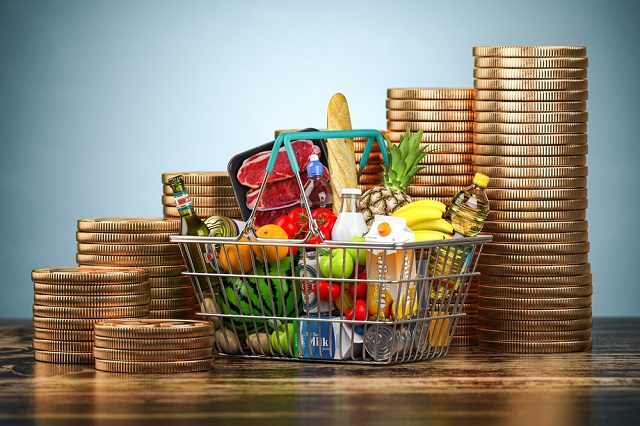
This article supplied by Troy Media.
Cutting the food tax is one clear way to ease the cost-of-living crisis for Canadians
About a year ago, Canada experimented with something rare in federal policymaking: a temporary GST holiday on prepared foods.
It was short-lived and poorly communicated, yet Canadians noticed it immediately. One of the most unavoidable expenses in daily life—food—became marginally less costly.
Families felt a modest but genuine reprieve. Restaurants saw a bump in customer traffic. For a brief moment, Canadians experienced what it feels like when government steps back from taxing something as basic as eating.
Then the tax returned with opportunistic pricing, restoring a policy that quietly but reliably makes the cost of living more expensive for everyone.
In many ways, the temporary GST cut was worse than doing nothing. It opened the door for industry to adjust prices upward while consumers were distracted by the tax relief. That dynamic helped push our food inflation rate from minus 0.6 per cent in January to almost four per cent later in the year. By tinkering with taxes rather than addressing the structural flaws in the system, policymakers unintentionally fuelled volatility. Instead of experimenting with temporary fixes, it is time to confront the obvious: Canada should stop taxing food altogether.
Start with grocery stores. Many Canadians believe food is not taxed at retail, but that assumption is wrong. While “basic groceries” are zero-rated, a vast range of everyday food products are taxed, and Canadians now pay over a billion dollars a year in GST/HST on food purchased in grocery stores.
That amount is rising steadily, not because Canadians are buying more treats, but because shrinkflation is quietly pulling more products into taxable categories. A box of granola bars with six bars is tax-exempt, but when manufacturers quietly reduce the box to five bars, it becomes taxable. The product hasn’t changed. The nutritional profile hasn’t changed. Only the packaging has changed, yet the tax flips on.
This pattern now permeates the grocery aisle. A 650-gram bag of chips shrinks to 580 grams and becomes taxable. Muffins once sold in six-packs are reformatted into three-packs or individually wrapped portions, instantly becoming taxable single-serve items. Yogurt, traditionally sold in large tax-exempt tubs, increasingly appears in smaller 100-gram units that meet the definition of taxable snacks. Crackers, cookies, trail mixes and cereals have all seen slight weight reductions that push them past GST thresholds created decades ago. Inflation raises food prices; Canada’s outdated tax code amplifies those increases.
At the same time, grocery inflation remains elevated. Prices are rising at 3.4 per cent, nearly double the overall inflation rate. At a moment when food costs are climbing faster than almost everything else, continuing to tax food—whether on the shelf or in restaurants—makes even less economic sense.
The inconsistencies extend further. A steak purchased at the grocery store carries no tax, yet a breakfast wrap made from virtually the same inputs is taxed at five per cent GST plus applicable HST. The nutritional function is not different. The economic function is not different. But the tax treatment is entirely arbitrary, rooted in outdated distinctions that no longer reflect how Canadians live or work.
Lower-income households disproportionately bear the cost. They spend 6.2 per cent of their income eating outside the home, compared with 3.4 per cent for the highest-income households. When government taxes prepared food, it effectively imposes a higher burden on those often juggling two or three jobs with limited time to cook.
But this is not only about the poorest households. Every Canadian pays more because the tax embeds itself in the price of convenience, time and the realities of modern living.
And there is an overlooked economic dimension: restaurants are one of the most effective tools we have for stimulating community-level economic activity. When people dine out, they don’t just buy food. They participate in the economy. They support jobs for young and lower-income workers. They activate foot traffic in commercial areas. They drive spending in adjacent sectors such as transportation, retail, entertainment and tourism.
A healthy restaurant sector is a signal of economic confidence; it is often the first place consumers re-engage when they feel financially secure. Taxing prepared food, therefore, is not simply a tax on convenience—it is a tax on economic participation.
Restaurants Canada has been calling for the permanent removal of GST/HST on all food, and they are right. Eliminating the tax would generate $5.4 billion in consumer savings annually, create more than 64,000 foodservice jobs, add over 15,000 jobs in related sectors and support the opening of more than 2,600 new restaurants across the country. No other affordability measure available to the federal government delivers this combination of economic stimulus and direct relief.
And Canadians overwhelmingly agree. Eighty-four per cent believe food should not be taxed, regardless of where it is purchased. In a polarized political climate, a consensus of that magnitude is rare.
Ending the GST/HST on all food will not solve every affordability issue but it is one of the simplest, fairest and most effective measures the federal government can take immediately.
Food is food. The tax system should finally accept that.
Dr. Sylvain Charlebois is a Canadian professor and researcher in food distribution and policy. He is senior director of the Agri-Food Analytics Lab at Dalhousie University and co-host of The Food Professor Podcast. He is frequently cited in the media for his insights on food prices, agricultural trends, and the global food supply chain.
Troy Media empowers Canadian community news outlets by providing independent, insightful analysis and commentary. Our mission is to support local media in helping Canadians stay informed and engaged by delivering reliable content that strengthens community connections and deepens understanding across the country.
Business
Canada Hits the Brakes on Population
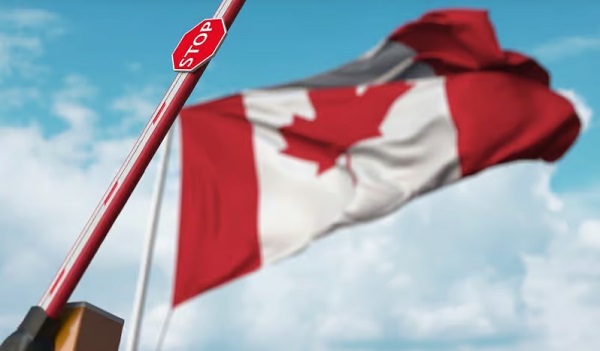
The population drops for the first time in years, exposing an economy built on temporary residents, tuition cash, and government debt rather than real productivity
Canadians have been told for years that population decline was unthinkable, that it was an economic death spiral, that only mass immigration could save us. That was the line. Now the numbers are in, and suddenly the people who said that are very quiet.
Statistics Canada reports that between July 1 and October 1, 2025, Canada’s population fell by 76,068 people, a decline of 0.2 percent, bringing the total population to 41,575,585. This is not a rounding error. It is not a model projection. It is an official quarterly population loss, outside the COVID period, confirmed by the federal government’s own data
The reason matters. This did not happen because Canadians suddenly stopped having children or because of a natural disaster. It happened because the number of non‑permanent residents dropped by 176,479 people in a single quarter, the largest quarterly decline since comparable records began in 1971. Permit expirations outpaced new permits by more than two to one. Outflows totaled 339,505, while inflows were just 163,026
That is the so‑called growth engine shutting down.
Permanent immigration continued at roughly the same pace as before. Canada admitted 102,867 permanent immigrants in the quarter, consistent with recent levels. Births minus deaths added another 17,600 people. None of that was enough to offset the collapse in temporary residency. Net international migration overall was negative, at minus 93,668
And here’s the part you’re not supposed to say out loud. For the Liberal‑NDP government, this is bad news. Their entire economic story has rested on population‑driven GDP growth, not productivity. Add more people, claim the economy is growing, borrow more money, and run the national credit card a little harder. When population growth reverses, that illusion collapses. GDP per capita does not magically improve. Housing shortages do not disappear. The math just stops working.
The regional numbers make that clear. Ontario’s population fell by 0.4 percent in the quarter. British Columbia fell by 0.3 percent. Every province and territory lost population except Alberta and Nunavut, and even Alberta’s growth was just 0.2 percent, its weakest since the border‑closure period of 2021
Now watch who starts complaining first. Universities are already bracing for it. Study permit holders alone fell by 73,682 people in three months, with Ontario losing 47,511 and British Columbia losing 14,291. These are the provinces with the largest university systems and the highest dependence on international tuition revenue
You’re going to hear administrators and activists say this is a crisis. What they mean is that fewer students are paying international tuition to subsidize bloated campuses and programs that produce no measurable economic value. When the pool of non‑permanent residents shrinks, departments that exist purely because enrollment was artificially inflated start to disappear. That’s not mysterious. That’s arithmetic.
For years, Canadians were told that any slowdown in population growth was dangerous. The truth is more uncomfortable. What’s dangerous is building a national economic model on temporary residents, borrowed money, and headline GDP numbers while productivity stagnates. The latest StatsCan release doesn’t just show a population decline. It shows how fragile the story really was, and how quickly it unravels when the numbers stop being padded.
Subscribe to The Opposition with Dan Knight
-
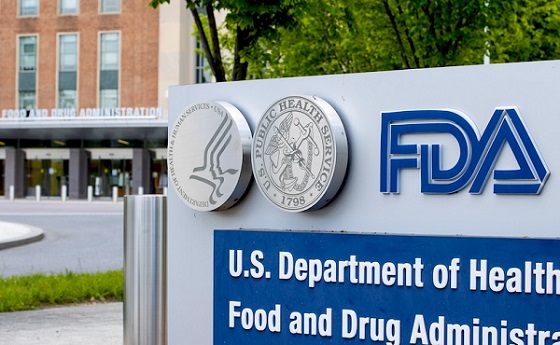
 Health1 day ago
Health1 day agoFDA warns ‘breast binder’ manufacturers to stop marketing to gender-confused girls
-

 Daily Caller1 day ago
Daily Caller1 day agoTrump Reportedly Escalates Pressure On Venezuela With Another Oil Tanker Seizure
-

 espionage2 days ago
espionage2 days agoCarney Floor Crossing Raises Counterintelligence Questions aimed at China, Former Senior Mountie Argues
-

 Business23 hours ago
Business23 hours agoThere’s No Bias at CBC News, You Say? Well, OK…
-

 International11 hours ago
International11 hours agoAustralian PM booed at Bondi vigil as crowd screams “shame!”
-

 Business2 days ago
Business2 days agoTaxing food is like slapping a surcharge on hunger. It needs to end
-
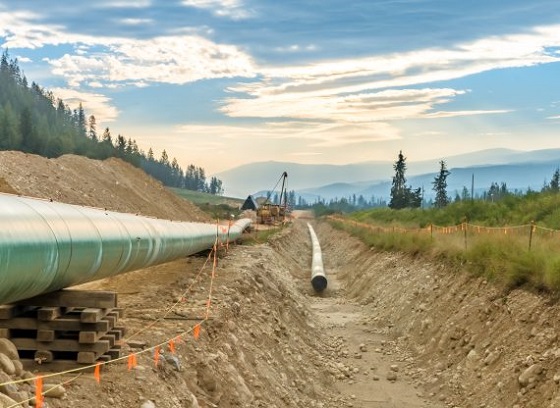
 Energy2 days ago
Energy2 days ago75 per cent of Canadians support the construction of new pipelines to the East Coast and British Columbia
-

 Health2 days ago
Health2 days agoAll 12 Vaccinated vs. Unvaccinated Studies Found the Same Thing: Unvaccinated Children Are Far Healthier







